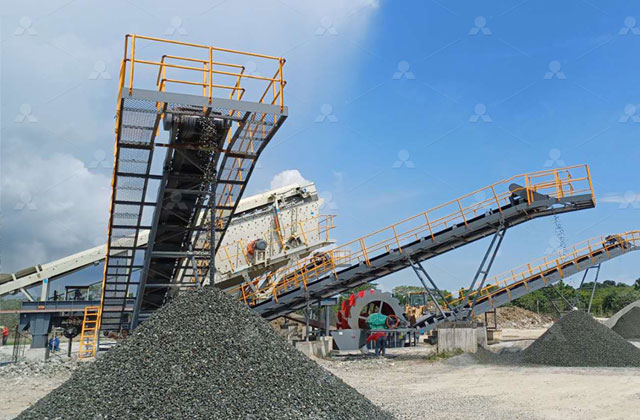A mineral classification vibrating screen is a type of equipment used in mineral processing to separate materials based on their size. It works by using high-frequency vibrations to sieve different minerals, helping to categorize them into specific sizes. The design typically includes a series of woven wire screens, often made of stainless steel or other durable materials, which allow different grades of minerals to pass through. The primary function of a mineral classification vibrating screen is to sort and classify materials before they undergo further processing.
The vibrating motion is typically generated by an eccentric motor or a vibrating mechanism attached to the screen frame. This movement creates a shaking or vibrating action, which forces the minerals to move across the surface of the screen. As the minerals move over the screen, particles of different sizes are sorted through the mesh openings. The finer particles pass through the smaller openings, while larger particles are retained on the surface. The result is the creation of different fractions of minerals that can be directed for further processing based on their size.

In the mining and aggregate industries, these vibrating screens are critical for improving efficiency. By ensuring that only the appropriately sized particles continue through the process, the screen helps prevent blockages and allows downstream equipment to function more effectively. For instance, it ensures that materials sent to crushers or other processing equipment are within the required size range, optimizing their performance and reducing the wear and tear on machines.
A key feature of these vibrating screens is their versatility. They can be designed with multiple deck configurations, allowing for several stages of classification. This flexibility allows mineral processors to sort materials into multiple grades, further refining the sorting process. Moreover, the ability to adjust the frequency and amplitude of the vibration allows operators to fine-tune the separation based on the material’s characteristics, ensuring maximum efficiency and output.
Mineral classification vibrating screens are also highly durable and designed to withstand harsh mining environments. They are built to handle abrasive materials, extreme temperatures, and heavy workloads. Additionally, regular maintenance is essential to keep these screens in top condition, which includes checking for wear and tear, replacing mesh screens, and ensuring that the vibration mechanisms are functioning correctly. Properly maintained, a vibrating screen can significantly enhance mineral processing operations by providing reliable, consistent, and efficient sorting of materials.
